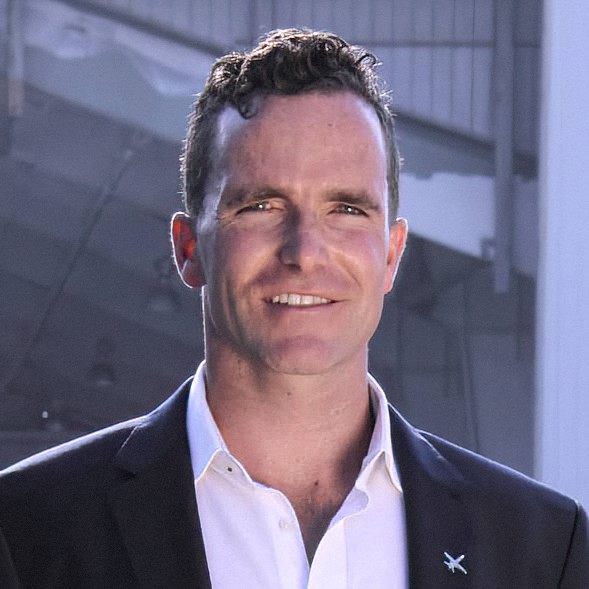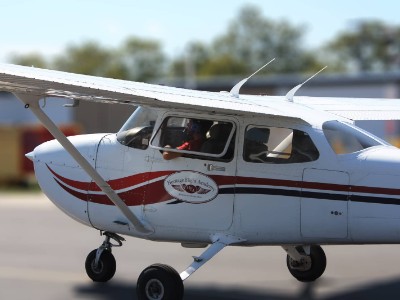Pilot negligence is one of the leading causes of aviation accidents. While pilots are expected to exercise due care and safety procedures, errors still occur, but sometimes, pilots may be grossly negligent. So, does pilot insurance cover pilot negligence and pilot error?
What is Pilot Negligence?
Pilot negligence is the failure of a pilot to exercise the required degree of learning, skill, and ability with the care of a reasonable and prudent pilot under the same circumstances.
Often, pilot negligence results in accidents and incidents that would have otherwise been preventable. The common consequences of negligence are injuries, property damage, aircraft damage, and even the loss of lives. However, it can sometimes be challenging to determine whether a pilot has been negligent, leading to complexities. But clear cases of pilot negligence include:
- Failure to conduct the necessary pre-flight checks, safety checks, and procedures
- Using flight equipment incorrectly
- Wrongly evaluating the weather condition
- Ignoring commands from flight controllers
- Flying without sufficient fuel
- Piloting without adequate experience and training.
- Navigation errors
- Flying too low
- Piloting when fatigued
Case Scenarios of Pilot Negligence
Understanding scenarios surrounding pilot negligence can illuminate the nuances and complexities involved. The impact of negligence can be profound, affecting not only the pilot but also passengers and properties on the ground. The following are two case scenarios of pilot negligence.
Scenario 1
During a fictional flight scheduled on the 25th of June, 2022, Pilot Matthew flies his private plane with two other friends as passengers. Before takeoff, Matthew didn’t conduct the necessary preflight checks because he was hurrying to his destination.
Among these was the pilot’s decision to ignore the weather when the pilot had no experience with flying in icing conditions. Thus, ten minutes after, the ice on the wings caused a stall. The inexperienced pilot could not recover from the stall, leading to a crash that killed one of the passengers and severely injured the pilot and passenger.
The injured passenger sues Matthew for negligence. And in this case, the pilot’s negligence is solely responsible for the accident.
Scenario 2
A factual case between Morris and Murray occurred in 1991 when the two friends drank the whole afternoon and decided to go on a flight in Murray’s light aircraft. Shortly after takeoff, the aircraft crashed, with Murray killed and Morris severely injured.
Morris sues Murray for negligence. The case ends with the defendant (Murray’s representative) claiming contributory negligence rather than volenti non fit injuria, meaning “to the willing person, no injury is done.”
This is because Morris and Murray are both partially at-fault in the accident. Morris’s intoxication does not render him incapable of appreciating the risk and consenting to the flight, while Murray’s decision to pilot while drunk was negligence.
Does Aircraft Insurance Cover Negligence?
It depends. Pilot insurance may cover the pilot’s negligence. Insurers wouldn’t provide coverage for such negligence if the error were intentional or criminal. But there are other factors involved. Pilots must be operating legally and within the FAA flight rules and the policy terms if negligence is to be covered.
First, as seen in example two, the pilot may not be entirely negligent. In such cases, the judge will reduce the compensation by the percentage of the passenger’s negligence. For example, in the above case, if Morris is determined to be 50% negligent, his insurer will reduce his supposed compensation by 50% to account for his negligence.
Another factor is the type of license carried by the pilot, whether they are a private general aviation pilot or a professionally employed pilot for compensation and hire. If a pilot were flying the aircraft as an employee, the employee would most likely be liable for the pilot’s negligence, except the pilot acted as an independent contractor. Private pilots are usually liable for their errors and will pay for their negligence.
Your aircraft insurance typically covers negligence, albeit the type of insurance coverage you have purchased will determine what type of damages can be paid for by the insurer.
Covered, provided the pilot is operating legally, within FAA rules and policy terms:
When it comes to aircraft insurance, there are several situations and instances where the pilot’s negligence might be covered. Understanding these inclusions can provide clarity for pilots and aircraft owners to ensure they have the necessary coverage in unexpected circumstances, including
- Pilot Error
- Any sudden event that causes damage to the aircraft or bodily injury
- Weather-related claims
- Foreign Object Debris (FOD) in the engine
- Damage to third-party property or aircraft
Not Covered:
While insurance is designed to offer a protective umbrella, there are distinct scenarios where pilot negligence is not covered. It’s essential for pilots and aircraft owners to be well-acquainted with these exclusions, which include
- Pilots flying without a current Medical
- Pilots flying while intoxicated or under the influence
- Pilot’s insurance required annual simulator training in make and model, but the pilot completed aircraft training with a local instructor that signed them off.
- Contract pilot who was not named on the policy had 2,000 total time, but the Open Pilot Warranty requires 3,000 total time.
- Owner insured his new Phenom 300E for $5,000,000 when it’s worth $10,000,000; the insurance company will only pay the Agreed Value on the policy of $5,000,000, not the bluebook value.
- Wear and tear or maintenance-related claims; any type of claims where the damage occurred over time vs. suddenly.
- Betterment, i.e., FOD claim in a turbojet engine where the blades are halfway through use or overhaul cycle, and then the insurance company puts brand new blades on to replace the damage. This is known as betterment, and the insured must pay the delta for the additional value added to the engine.
Types of Insurance Available to Pilots and What Cases of Negligence They Can Cover
Pilots have two primary insurance coverages at their disposal: hull and liability insurance. Understanding these types and their respective offerings can guide pilots in making informed decisions about the level and type of coverage they need.
Hull Insurance
Hull insurance, as regards aviation, refers to insurance that covers physical loss or damage to the aircraft itself. The types of hull insurance are:
- Ground Only Risk Hull Insurance: covers damages when an aircraft is on the ground and not in motion.
- Full Flight insurance: Covers aircraft during all phases of flight, both in the air and on the ground.
Hull insurance will only cover damages to the hull caused by the pilot’s negligence. For example, if an aircraft crashes in flight due to navigation errors, the insurance company can cover the hull loss if you purchase a Full Flight insurance policy.
Liability Insurance
Liability insurance covers damages to other properties or harm to other persons. It protects you from financial risks in the event of injury to passengers or third parties and property damage. Types of liability insurance are:
- Liability insurance: Offers coverage for damages to third-party properties and the fatality of third parties.
- Passenger liability insurance: Covers you against injury or death of passengers riding in the plane. Some insurance policies say per Passenger, and others pay per Person. Per Person is better because it’s not always Passengers who are injured.
- Single combined limit: Covers Passengers and Persons to Policy Limits.
- Liability Only: Does not cover the hull or value of the aircraft; it only covers liability for third parties.
If you purchase liability insurance coverage, it covers you against liabilities involving passengers and third parties. But it depends on what type of liability coverage you are buying. Purchasing a single combined limit provides better coverage to protect you from bodily injury to the Policy Limits.
Regardless of the Circumstances, Make Sure You’re Insured
In the vast and unpredictable world of aviation, even the most skilled pilots can make mistakes and encounter unforeseen challenges. Having comprehensive insurance coverage is paramount to navigating these turbulent times confidently. With the right insurance, pilots can focus on what they do best, knowing that they are covered should the unexpected occur.
Protect yourself, your passengers, and your investment, and fly safely with peace of mind. For expert guidance and to secure the best insurance tailored to your unique needs, don’t hesitate to contact Sunset Aviation Insurance.

Benjamin Peterson
Graduated from the University of North Dakota with a degree in Commercial Aviation as a Pilot and Flight Instructor. My first professional job was working for Cirrus Aircraft as an instructor.
